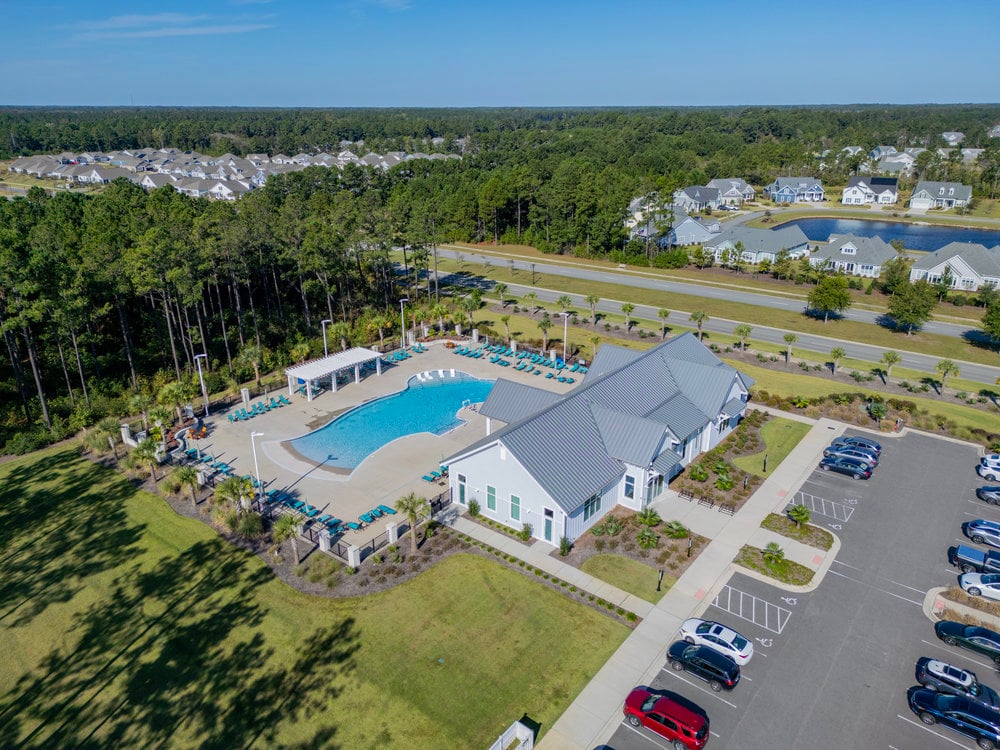If you’re buying or selling a home in the Wilmington or coastal North Carolina region, the National Association of REALTORS® (NAR) 2025 Home Buyers & Sellers Generational Trends Report offers a fascinating look at how different age groups approach real estate today. While every local market is unique, the national findings provide valuable insights that buyers and sellers in New Hanover, Brunswick, Pender, and Onslow Counties can use to navigate today’s changing market more effectively.
Here’s what you should know—and how to apply it—whether you’re preparing to list your home or planning to buy one soon.
Key Trends to Watch
1. Baby Boomers Are the Largest Group of Buyers and Sellers
The report shows that buyers aged roughly 60 to 78 (younger and older Baby Boomers) made up about 42% of all home buyers, making them the most dominant generation in today’s market. Meanwhile, 53% of sellers were also Boomers.
What this means:
For sellers: If you’re planning to move, you’re part of the most active selling generation. Many Boomers are downsizing, relocating, or purchasing lifestyle-driven properties, which means homes that emphasize comfort, convenience, and low maintenance tend to sell faster.
For buyers: If you’re younger, expect competition from buyers with more equity and cash offers. However, many of these transactions also open up new inventory as Boomers list long-held homes.
Locally: Coastal communities like Wilmington and Leland often attract retirees seeking warmer climates and lifestyle amenities, which keeps local housing demand steady.
2. Fewer First-Time Buyers Entering the Market
Per this survey, first-time buyers now account for only 24% of all purchases, down from 32% the previous year and down from 40% pre-2008. Among younger millennials (ages 26–34), 71% were first-time buyers.
What this means:
For first-time buyers: The road to homeownership can feel steeper, with higher prices and mortgage rates impacting affordability. Getting pre-approved, strengthening your credit, and exploring local down payment programs are key first steps.
For sellers: If your home appeals to first-time buyers—say, a smaller single-family home or townhouse—highlight move-in-ready features, proximity to amenities, and affordability. These buyers often value convenience and lower maintenance costs.
Locally: Wilmington and Leland continue to attract a mix of first-time and relocation buyers. Homes in the $300,000–$450,000 range often see the most competition.
3. Cash and Equity Are Reshaping Offers
The report notes that older buyers increasingly use cash or minimal financing, while younger buyers rely heavily on mortgages and gift funds for down payments.
What this means:
For sellers: Cash and high-equity offers can shorten closing times and reduce risk. Review your offers carefully—sometimes the strongest offer isn’t just the highest price but the one most likely to close.
For buyers: Cash-rich competitors can be intimidating, but strong financing and a clean, well-structured offer can still win the day. Get pre-approved early and consider waiving minor contingencies if they aren’t critical.
Locally: With many retirees moving to the coast, cash purchases remain common. Buyers should be ready to act quickly and confidently.
4. Home Size, Features, and Location Priorities Differ by Generation
The median home size purchased in 2025 was about 1,900 square feet. Gen X and Baby Boomers tended toward larger homes (around 2,000 sq. ft.), while younger buyers typically bought smaller homes.
Detached single-family homes continue to dominate the market, accounting for 75% of purchases.
The top neighborhood factors across generations were quality of neighborhood, affordability, and proximity to work.
What this means:For sellers: Identify your likely buyer demographic. If your home is larger or in a lifestyle community, you’ll probably attract Gen X and Boomer buyers. If it’s a starter home, expect younger buyers. Stage and market accordingly.
For buyers: Determine what matters most—size, commute, or amenities—and decide where you’re willing to compromise. A clear priority list makes for a smoother search process.
Locally: Neighborhood appeal in southeastern North Carolina is influenced by factors like proximity to the beach, school zones, and new retail and dining options.
Smart Action Steps Based on the Findings
If You’re Selling
Know your audience. Homes that appeal to downsizers should emphasize low maintenance, single-level living, and convenience to shopping or recreation. For younger buyers, highlight updated features, energy efficiency, and flexible spaces for remote work.
Focus on condition. Buyers are still wary of unexpected repairs. A pre-listing inspection or evidence of well-maintained systems can boost buyer confidence.
Price strategically. With many equity-rich buyers in the mix, pricing too high can backfire. Homes priced correctly from the start still tend to sell the fastest.
Leverage professional marketing. The report confirms that real estate agents remain the top resource for both buyers and sellers. Work with an agent who understands generational motivations and uses modern marketing tools to reach the right audience.
Show long-term value. Many buyers now plan to stay in their homes for 15 years or more. Highlight features that make your home comfortable for the long haul—such as flexible layouts, energy efficiency, and storage.
If You’re Buying
Get your finances in order. In today’s competitive environment, pre-approval is essential. Lenders want to see steady income, manageable debt, and a healthy credit profile.
Clarify your needs vs. wants. Decide early what’s non-negotiable and what you can adjust. This keeps you focused when competition is fierce.
Be ready to act. Desirable homes still move quickly. Having your agent monitor new listings and being ready to tour immediately can make a major difference.
Think long-term. With the average homeowner staying put for over a decade, choose a property that can adapt to changing needs—whether that’s room to grow, space for hobbies, or accessibility features.
Explore multigenerational options. About 17% of buyers purchased homes suitable for multigenerational living. These setups can make sense for families combining resources or caring for older relatives.
Local Market Perspective
The Wilmington area mirrors many national patterns but has its own twists:
Lifestyle buyers are thriving. Many out-of-state buyers are purchasing homes in coastal North Carolina for the quality of life, not just retirement.
Inventory remains tight. The best homes still draw multiple offers. Strategic pricing, staging, and marketing are essential for sellers.
Condition is critical. Coastal weather can wear on roofs and exteriors, so well-maintained homes have a competitive edge.
Commute and amenities influence value. Buyers continue to prioritize convenience, access to healthcare, recreation, and modern infrastructure.
Staying Fair and Inclusive
When buying or selling, it’s essential to stay compliant with Fair Housing laws. That means:
Avoiding language that implies preference or limitation for a particular age group, family type, or background.
Describing properties based on features and lifestyle benefits rather than who you think might live there.
Making marketing materials inclusive and accessible to all audiences.
Ensuring that every buyer and seller has equal access to information, showings, and opportunities.
Final Thoughts
The 2025 NAR Generational Trends Report paints a clear picture: Baby Boomers hold significant market power, while younger buyers face tighter budgets and stiffer competition. Yet both groups share the same goal—a comfortable home that fits their lifestyle and financial situation.
For sellers, success comes from understanding your likely audience, preparing your home thoroughly, and working with a real estate professional who knows how to position it effectively. For buyers, preparation is everything—strong financing, clear priorities, and a trusted local agent can help you secure the right home, even in a competitive environment.
In the Wilmington region, where coastal lifestyle meets growth and opportunity, these generational insights can help you make smarter, more confident decisions. Whether you’re buying your first home, moving up, or downsizing, understanding how different age groups shape the market gives you an advantage in reaching your real estate goals.






